By Sarhind Times Bureau | Patna / New Delhi | October 20 2025
Summary
The Congress has released its first list of 53 candidates for the upcoming Bihar Assembly elections, signalling an aggressive push to reclaim lost ground. The list—finalised after marathon meetings in Delhi—balances caste arithmetic, regional representation, and alliance compulsions. With nomination deadlines closing soon, Bihar’s political theatre enters its decisive act.
The Announcement
On Sunday night, the All India Congress Committee (AICC) released its much-awaited Bihar list. State unit chief Rajesh Ram will contest from Kutumba in Aurangabad district, while veteran leaders Ashok Kumar Verma and Shakeel Ahmad feature prominently. The list includes 14 women, 19 OBC candidates, and seven Dalits.
AICC General Secretary (Organisation) K.C. Venugopal unveiled the list at party headquarters, declaring:
“This is a new-look Congress—youthful, inclusive, and ready to serve Bihar again.”
The decision followed three days of consultations chaired by Congress president Mallikarjun Kharge, Rahul Gandhi, and state observers. Leaders debated late into the night, weighing feedback from district committees and alliance partners.
Alliance Equations and Silent Tensions
The Congress is part of the Mahagathbandhan (Grand Alliance) alongside Rashtriya Janata Dal (RJD), Left parties, and Hindustan Awami Morcha. Seat-sharing negotiations stretched until the last minute. RJD retained a lion’s share, contesting over 160 seats, while Congress settled for 60, of which 53 are now announced.
Insiders say talks grew tense over constituencies in Seemanchal and Mithilanchal, where both RJD and Congress have overlapping bases.
“Every seat is a battle of micro-maths—religion, caste, last-time margin, booth agents,” admitted a senior strategist.
To prevent rebellion, the party has deployed reconciliation teams to manage disgruntled ticket aspirants.
The Cast of Candidates
The list blends old guard and newcomers:
- Rajesh Ram (Kutumba) – State Congress chief; focuses on Dalit welfare and farm distress.
- Dr Sneha Sinha (Patliputra Rural) – A medical professional turned activist, fielded to attract women voters.
- Abdul Qadir Khan (Kishanganj) – Replacing a four-term MLA; symbol of minority outreach.
- Amit Sharma (Hajipur) – Youth Congress president, considered close to Rahul Gandhi.
- Manorama Singh (Gaya Town) – Former academic known for education reforms.
- Satyendra Paswan (Buxar) – Represents labour sector interests.
About 40 percent of nominees are under 45—a conscious image-reboot for a party often criticised as geriatric.
Why Bihar Matters
Bihar sends strong political signals. The state’s population of 12 crore, spread over 243 seats, is a bellwether for north-Indian politics. After consecutive defeats, Congress hopes to regain relevance by aligning national themes—employment, inflation, and education—with local anxieties.
Political scientist Dr Manish Kumar Jha of TISS noted:
“For Congress, Bihar is less about winning power and more about rebuilding grassroots structure. Even 25 seats would give them bargaining weight in national coalition politics.”
The RJD Factor
The RJD remains the dominant ally but faces anti-incumbency fatigue. Congress tactically distances itself from local controversies while projecting a cleaner image. Rahul Gandhi’s planned “Bharat Nyay Yatra – Bihar Chapter” will traverse Patna, Gaya, and Darbhanga in early November to energise cadres.
However, friction lingers. Several Congress candidates privately worry that RJD’s organisational machinery may not fully support them. “Allies treat us like guests,” said one candidate anonymously, “but we built this house.”
BJP’s Counter-Move
The Bharatiya Janata Party (BJP), eyeing a comeback after Nitish Kumar’s departure from NDA last year, mocked the Congress list as “recycled.” State BJP president Samrat Choudhary tweeted, “Those who can’t manage their own house want to rule the state.”
The BJP has finalised most of its 200 candidates and will rely on Prime Minister Modi’s personal appeal, backed by welfare-scheme messaging. Party insiders claim confidence in urban belts and among first-time voters who see Congress as “obsolete.”
Campaign Themes: Back to Basics
Congress’s manifesto, scheduled for release next week, revolves around five pillars:
- Rozgar Guarantee Yojana for youth.
- Kisan Nyay with MSP for maize and pulses.
- Shiksha Suraksha Abhiyan for upgrading rural schools.
- Mahila Samman Credit Card offering ₹1 lakh interest-free credit to women entrepreneurs.
- Dalit Awas Mission for housing in flood-prone districts.
Rahul Gandhi is expected to lead 12 public rallies, while Priyanka Gandhi will focus on women-voter outreach through small town hall meetings.
Inside the War Room
At the AICC’s 24 Akbar Road office, digital strategists have set up a “Bihar Command Centre.” Dozens of volunteers track social-media sentiment, push fact-checks, and create short video reels featuring local dialects. WhatsApp groups segment voters by caste clusters, while booth-level WhatsApp channels distribute campaign infographics.
“Our fight is not only on the ground but also on the phone,” said digital-team head Amit Shukla. “We aim to reach two crore voters directly through social messaging.”
Grassroots Pulse
Travelling through rural Bihar reveals a mixed mood. In Vaishali, farmers complain about power cuts and poor MSP; in Katihar, youths demand jobs; in Gaya, women talk about safety and inflation. Congress workers hope these bread-and-butter issues can override identity politics.
Neelam Devi, a first-time voter from Nalanda, told Sarhind Times:
“I don’t care who shouts louder. Whoever gives my brother a job gets my vote.”
Yet caste equations remain decisive: Yadavs and Muslims lean toward RJD, upper castes toward BJP, and Mahadalits remain fluid.
Women Candidates: From Tokenism to Strategy
Fielding 14 women marks a subtle shift. The party’s internal note calls it “gender empowerment as electoral realism.” Many are professionals—teachers, doctors, entrepreneurs—chosen to counter BJP’s claim of being women-friendly through Ujjwala and Lakhpati Didi schemes.
Dr Sneha Sinha, one of them, said:
“We’re not contesting to decorate manifestos. We’re contesting to redefine Bihar’s priorities.”
Funding and Logistics
Party treasurers admit campaign budgets are tight. Unlike BJP’s corporate-funded blitz, Congress relies on small donations and crowdsourced marketing. Each candidate has been allotted a digital-advertising cap and instructed to use local vendors. The party’s “One Volunteer, Ten Voters” plan aims to mobilise door-to-door engagement instead of costly rallies.
Experts Weigh In
Political analyst Sanjay Kumar of CSDS observes:
“Congress’s real fight is visibility. If their campaign stays coherent and non-defensive, they can double their seat count.”
Veteran journalist Uday Shankar adds:
“Bihar is watching whether Congress can act as a partner, not a passenger, in the alliance bus.”
Youth Wave and Digital Democracy
For the first time, over 1.5 crore voters in Bihar are under 30. Congress hopes its emphasis on education, skill training, and startup subsidies will resonate. Short reels under the hashtag #NayaBiharNayiSoch trend on Instagram and X, featuring rural youth narrating success stories.
But the challenge remains outreach: internet penetration in Bihar’s villages is below 35 percent. Hence, the party’s dual strategy—digital glamour plus analogue grassroots.
Potential Flashpoints
Factionalism within the state unit looms. The tussle between Rajesh Ram and Shakeel Ahmad could split the campaign narrative. The party high command has warned of strict disciplinary action for rebel candidacies. “One candidate per seat—one voice per vision,” Kharge reminded leaders.
The Road to Nomination Day
With nominations closing in three days, Congress hopes to release its second list soon, covering remaining seats in north Bihar and the border districts of Purnea and Kishanganj. Scrutiny will follow next week, and voting is scheduled for November 25 and December 2.
Editorial Perspective
Congress’s 53-seat gamble is less about winning Bihar outright and more about re-entering its political bloodstream. After decades of decline, the party is finally blending strategy with symbolism—youth with legacy. Whether this translates into votes depends on its ability to speak the language of aspiration, not nostalgia. Bihar’s election, as always, will test not only alliances but endurance.
#BiharElections #Congress #Politics #Alliance #Elections2025 #Mahagathbandhan #RJD #SarhindTimes #Democracy #IndiaVotes




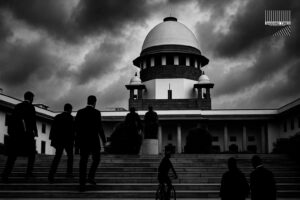






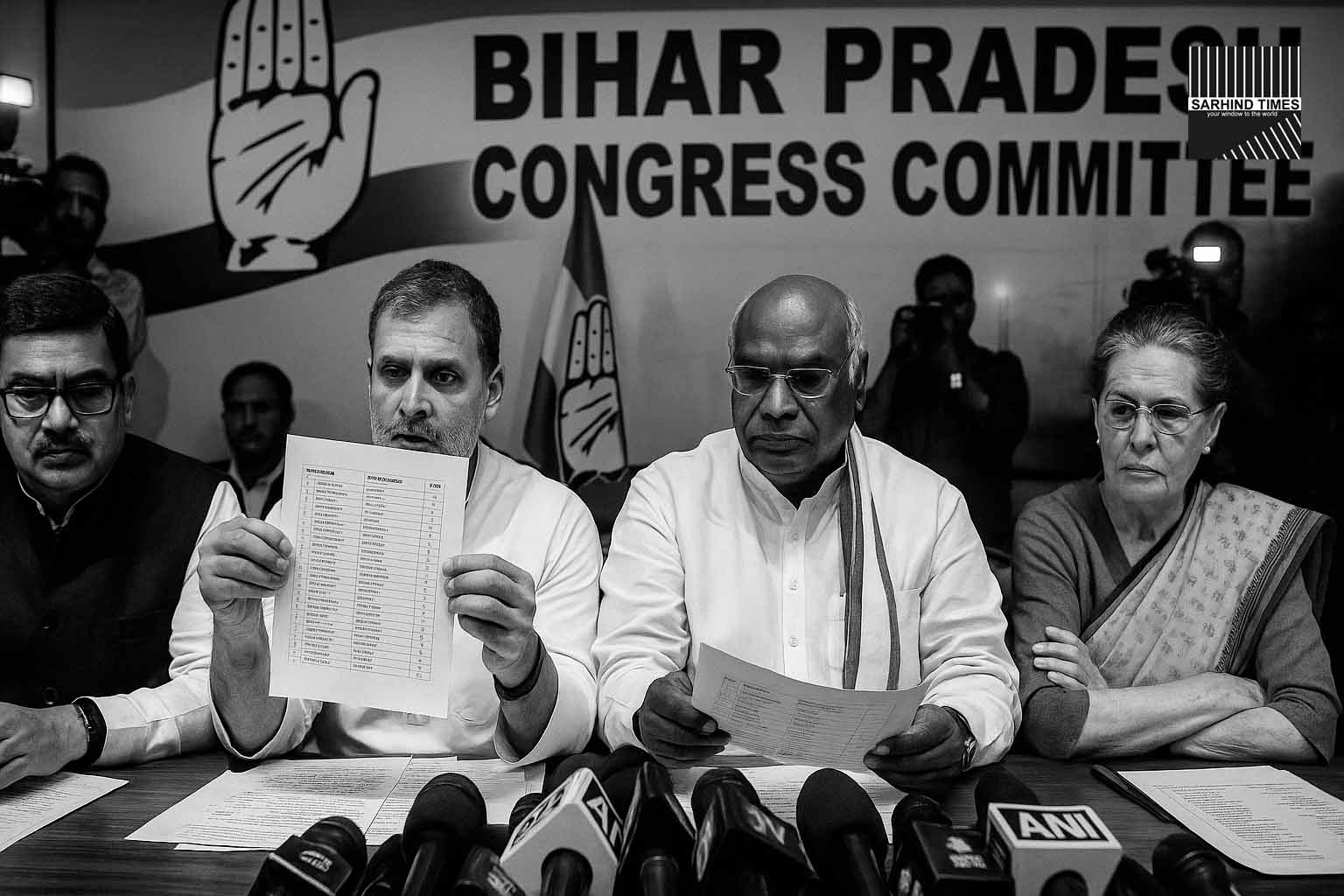
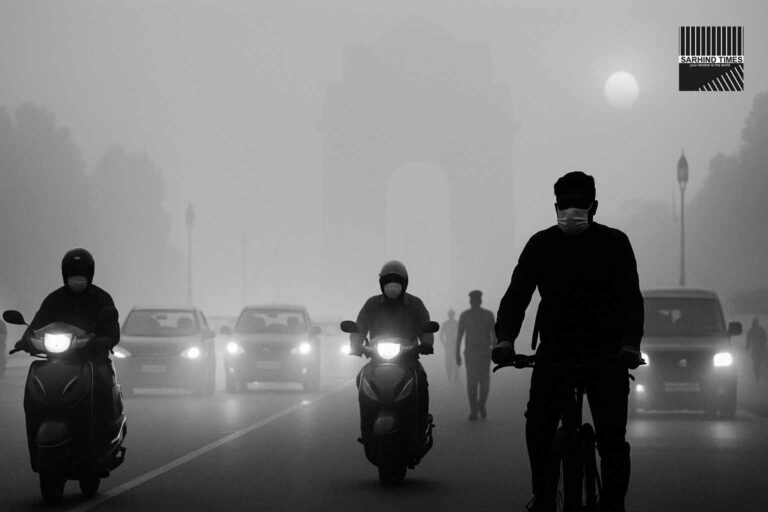
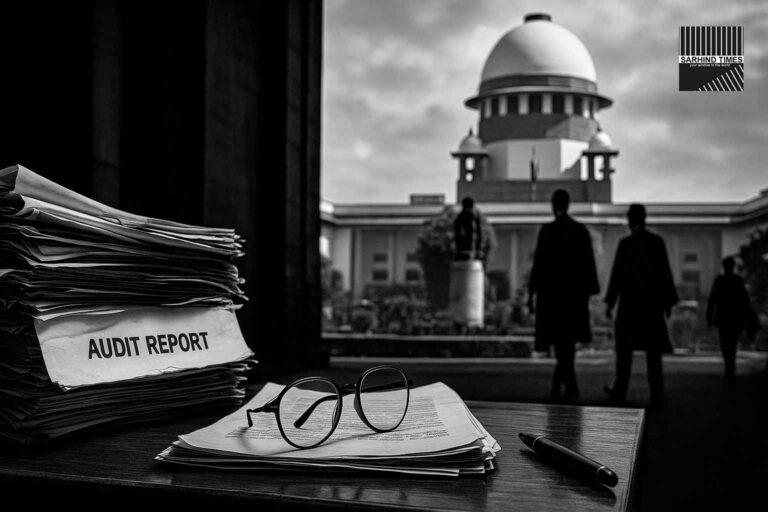
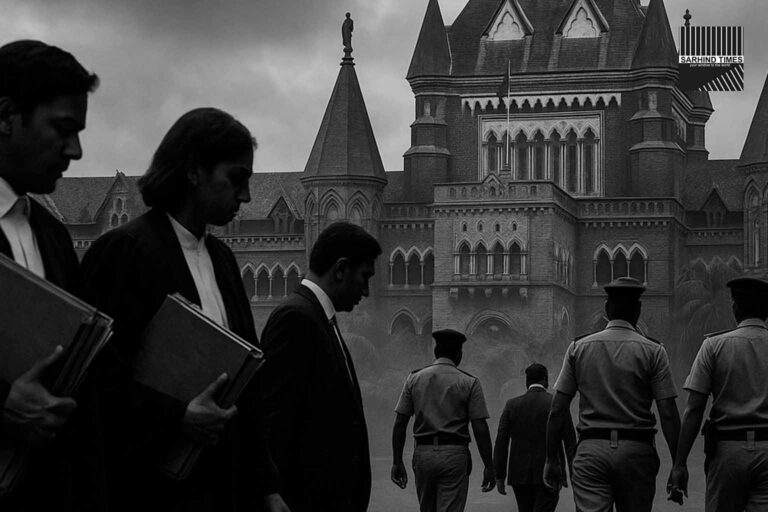
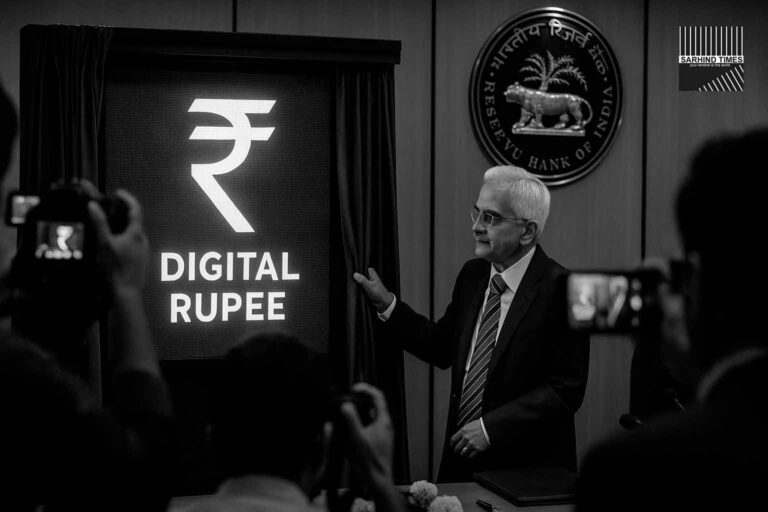


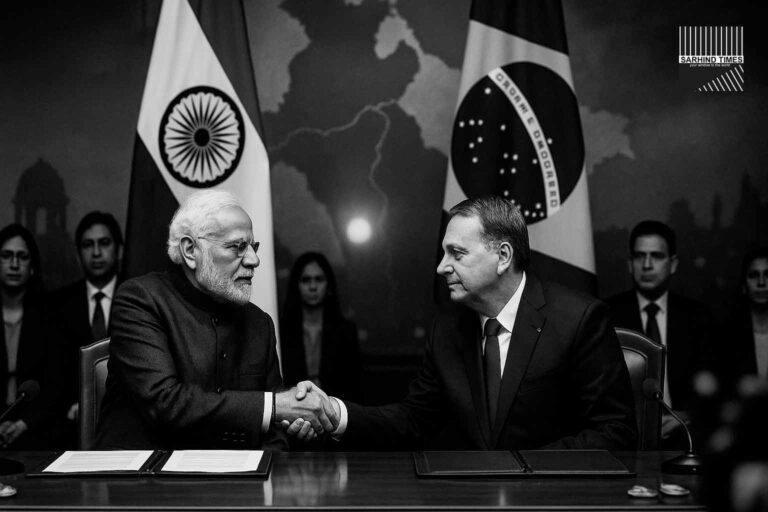
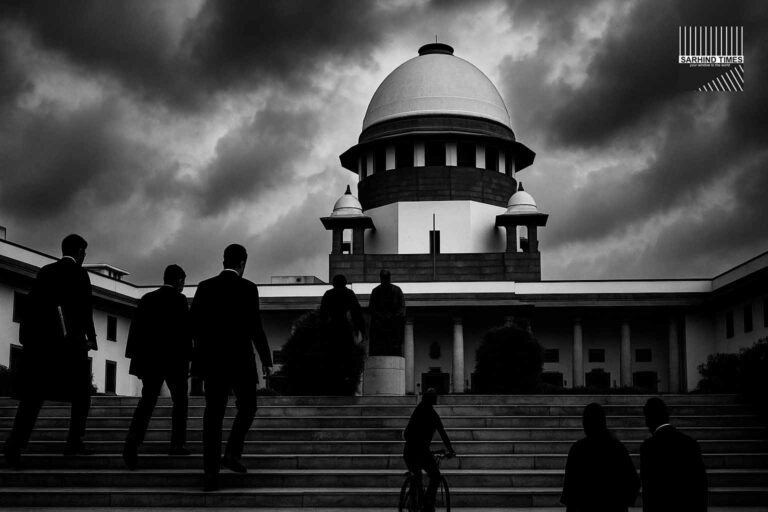
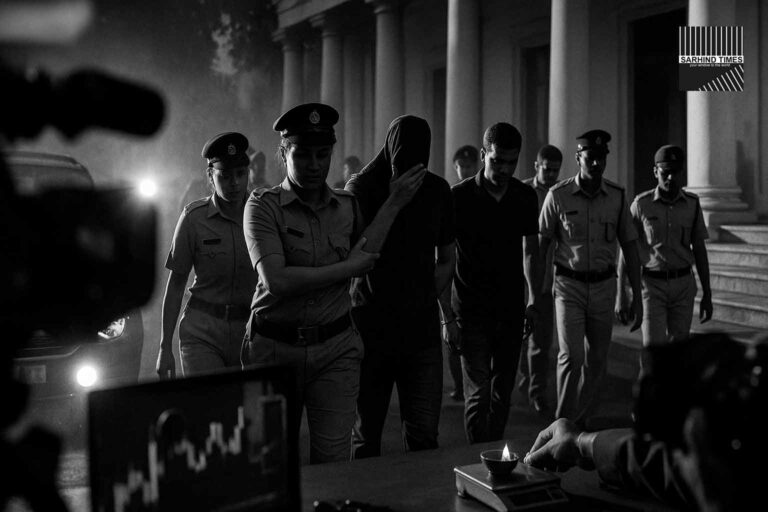

+ There are no comments
Add yours